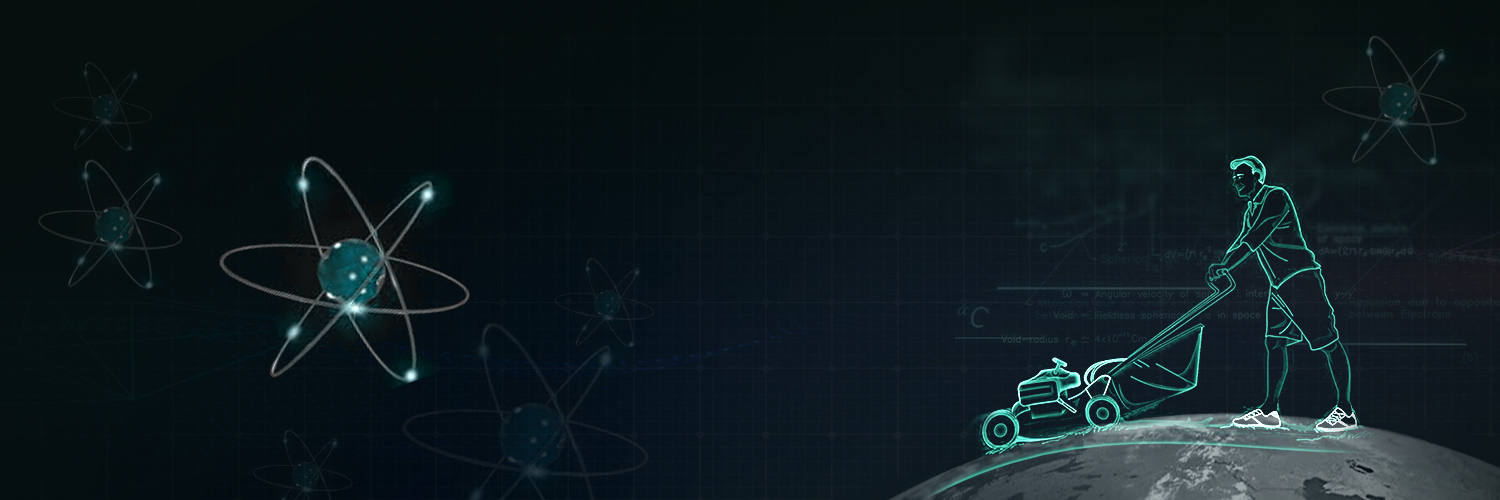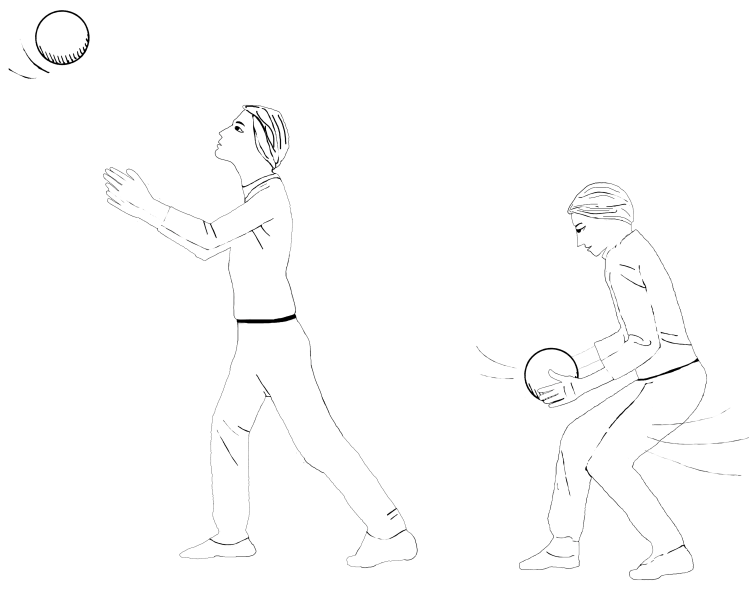
Let us consider an object of mass m, moving along a straight line with an initial velocity u.
Let us say, after a certain time t, with a constant acceleration, the final velocity becomes v.
As we know, the rate of change of momentum with respect to time is proportional to the applied force.
The Si unit of force is newton. A newton is that force which when acting on a body of mass 1 kg produces an acceleration of
in it.
Catching a Cricket Ball
In order to catch a fast cricket ball, cricket players (or fielders), tend to move their hands backwards. This is done to prevent any injury to the hands. Because, A fast moving cricket ball has a large momentum and to stop (or catch) this cricket ball, its momentum has to be reduced to zero. Now, when a cricket player moves back his hands to catch the fast ball, the time taken to reduce the momentum of a ball to zero is increased. As more time is taken to stop the ball, the rate of change of momentum of the ball is decreased and a small force is exerted on the hands of player. Hence the hands of the players do not get hurt while catching a fast moving ball.

The Case of a High Jumper
During athletics meet, a high jumping athelete is provide either a cushion or a heap of sand on the ground to fall upon.
The Use of Seat Belts in Cars
All the cars are provided with seat belts for passengers these days. This is to prevent injuries in case of an accident.